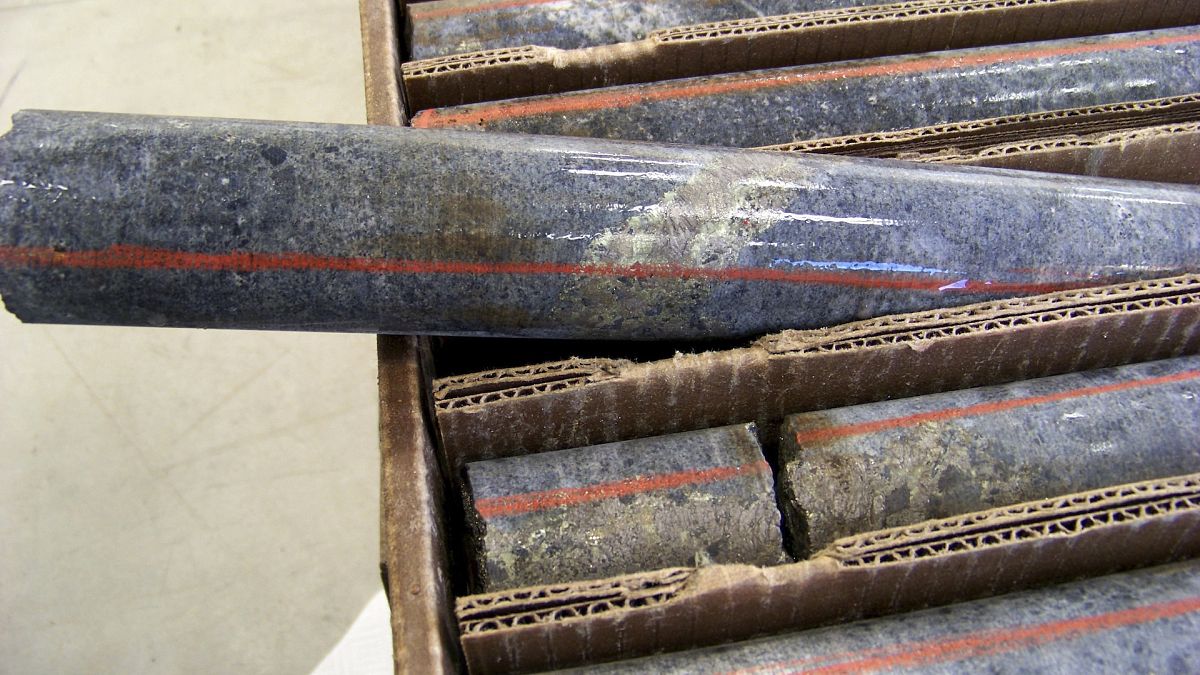Global mining stocks have been on the decline due to falling metal prices, driven by a strong US dollar and disappointment over China’s recent stimulus measures. Major European mining stocks, such as Rio Tinto, Anglo-American, and Glencore, have experienced significant drops following Donald Trump’s victory in the US presidential election. The surge in the dollar has put pressure on both precious and industrial metal prices, with gold, silver, and copper being core products for large mining firms. The mining sector has become the worst performer in European stock markets, with the Pan-European Stoxx 600 index falling by 2% and the Basic Resources Index leading losses at 3.72%.
China’s recent stimulus briefing, which lacked specific details, has further disappointed investors. The country’s economic outlook heavily influences industrial metal and critical mineral prices, particularly copper and iron ore, which have both seen sharp declines in recent days. Market participants are closely watching upcoming economic data releases, such as the US monthly Consumer Price Index (CPI) and China’s industrial production figures, as they are expected to drive price trends for these commodities in the near term and set the tone for mining stock trends for the rest of the week.
Precious metals like gold and silver have also experienced significant price declines since Trump’s election win. Gold futures on COMEX dropped by around $105 per ounce to just above $2,600, marking a 5% decline since Election Day, while silver futures slid by $2 per ounce, or 6%, over the same period. The anticipation of Trump’s policies, including tariffs, raising US inflation has led to a rally in the dollar. As a result, gold and silver have become less appealing to investors, particularly in the US’s risk-on stock market environment.
Copper and iron ore prices have also slumped in response to China’s stimulus briefing falling short of expectations. Despite unveiling a 10 trillion yuan package to alleviate local governments’ financing constraints, the lack of a direct cash injection into the economy disappointed investors who were hoping for more decisive measures to stimulate domestic demand. Copper futures dropped by 3.5%, while iron ore futures on China’s SGX fell by 3.3%, ending just above $102 per metric ton, the lowest level since August. China’s ongoing property crisis has impacted the steel sector and related industries, affecting demand for copper and iron ore.
The risks associated with Trump’s trade tariffs and potential tensions between China and other nations could further dampen commodity markets, especially for industrial commodities. The impact of tariffs on China could slow the country’s growth and reduce demand for commodities, while the depreciation of the Chinese Yuan to offset tariff impacts may weaken China’s purchasing power. This potential friction between China and other countries will be crucial in determining the future trajectory of global mining stocks and metal prices. Investors are urged to closely monitor economic data releases and policy developments to navigate the current market volatility effectively.











